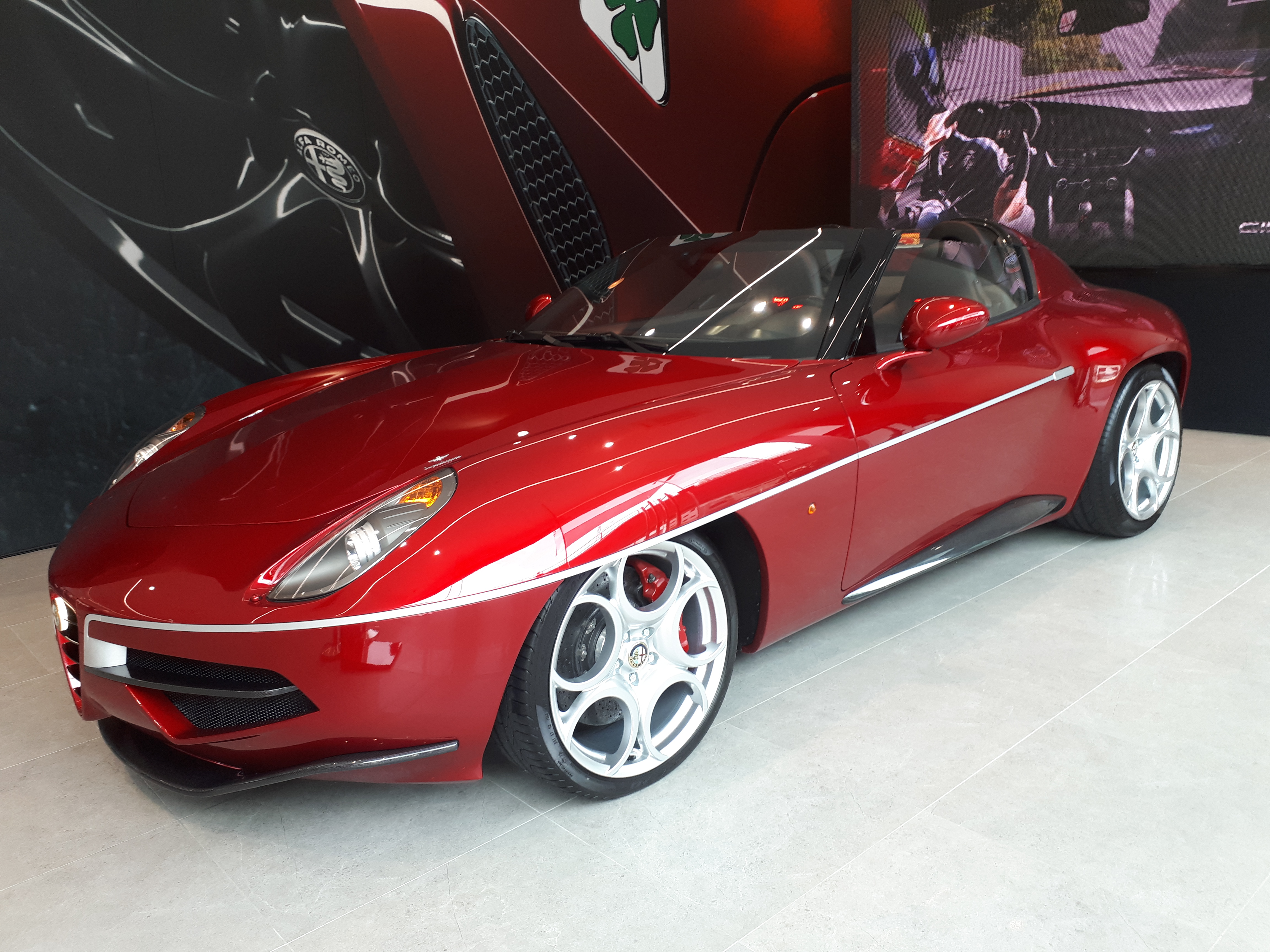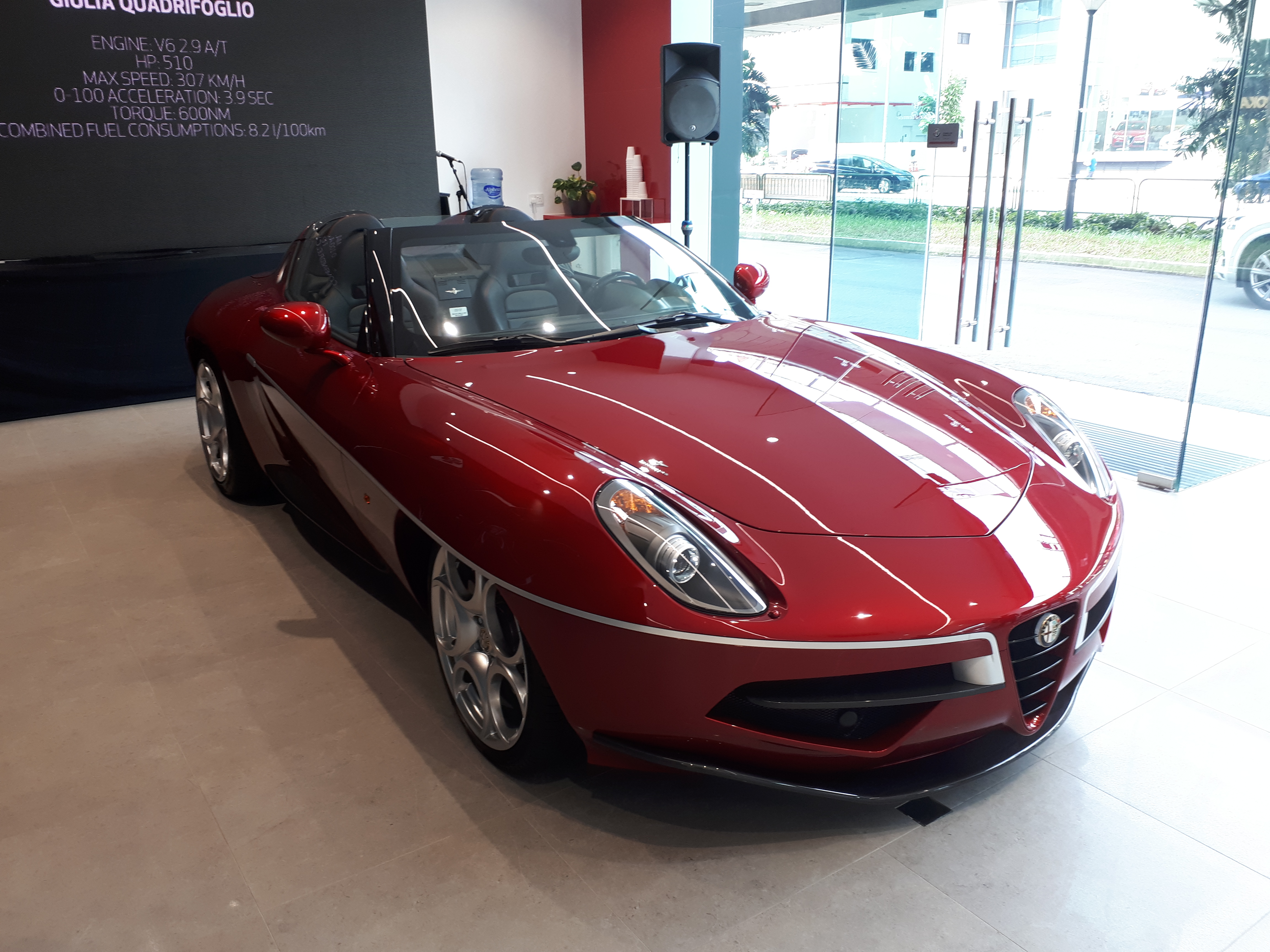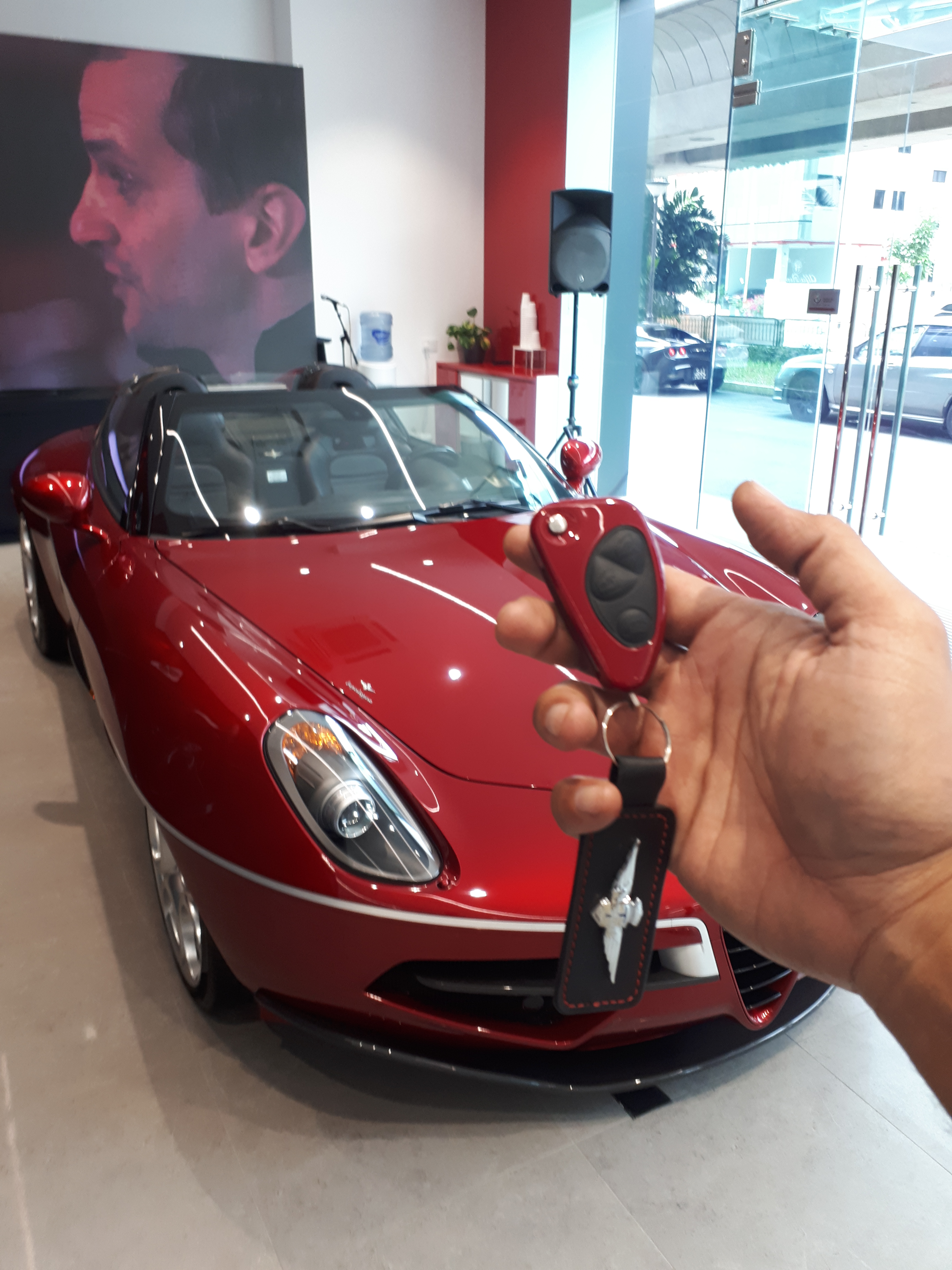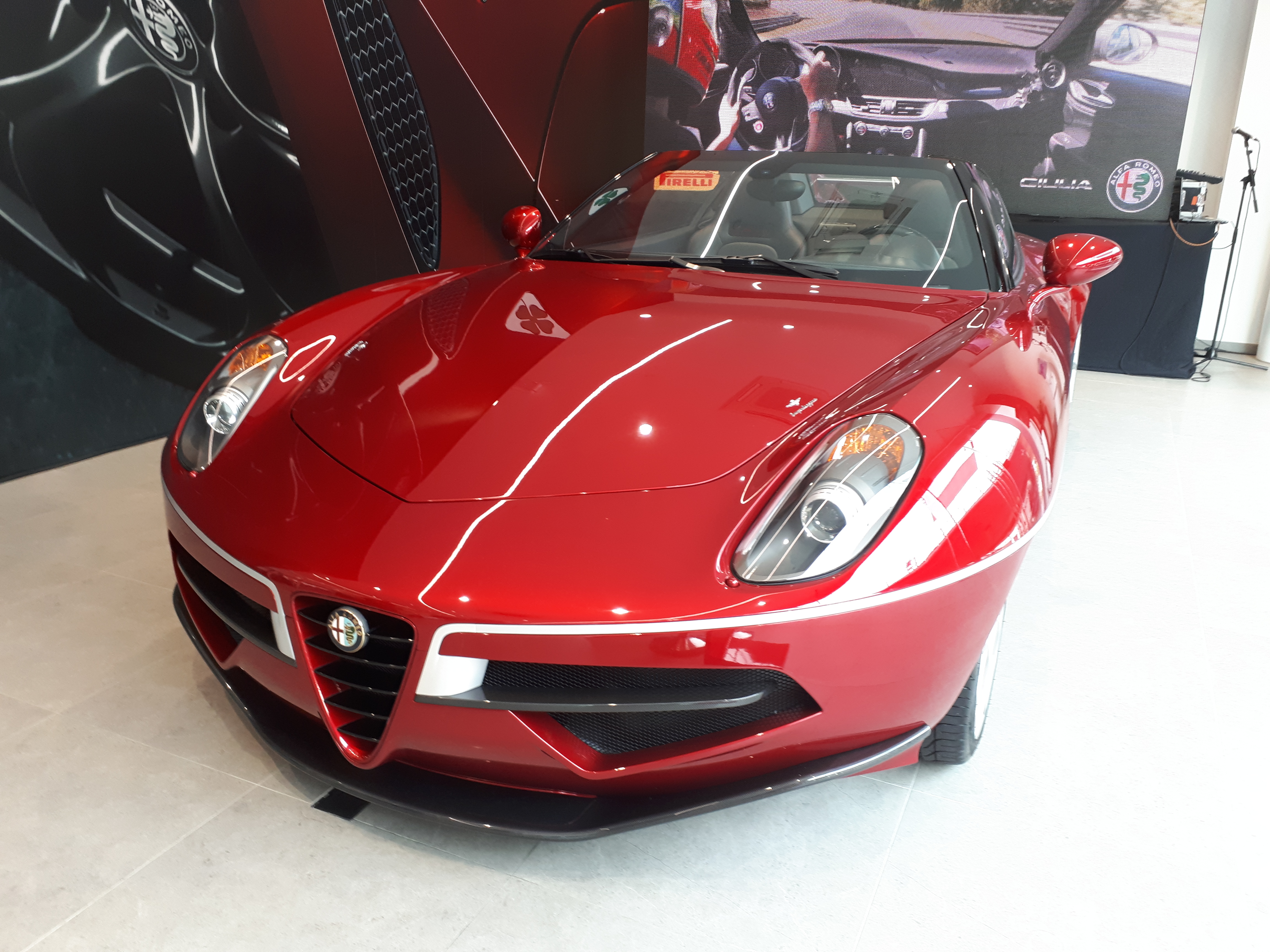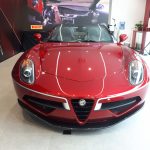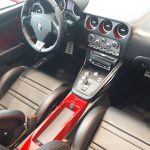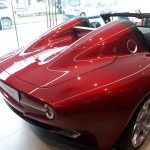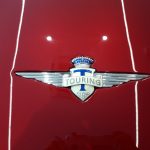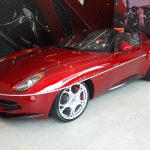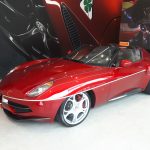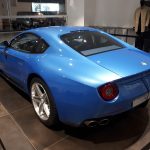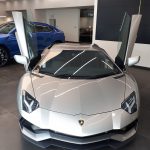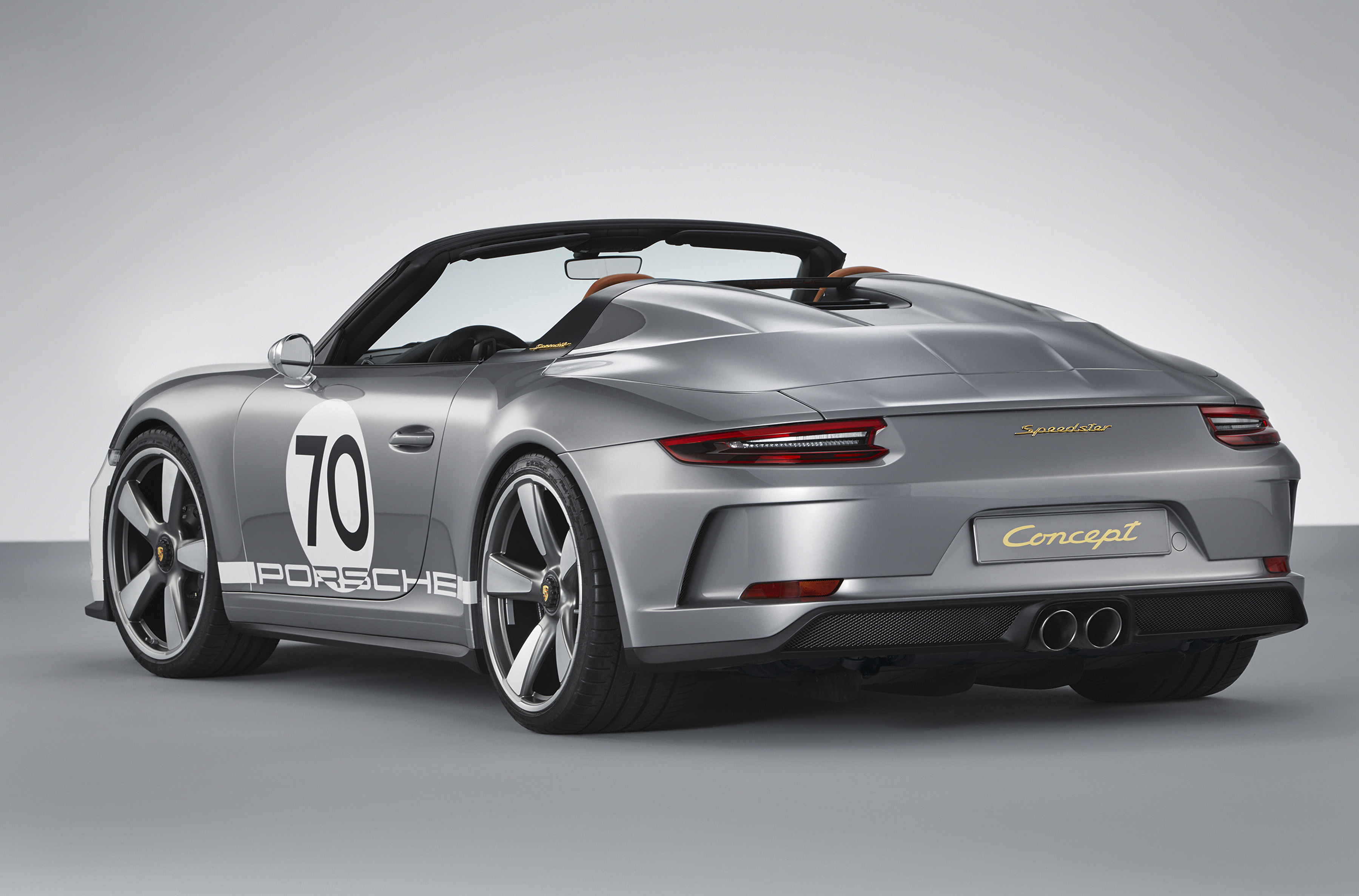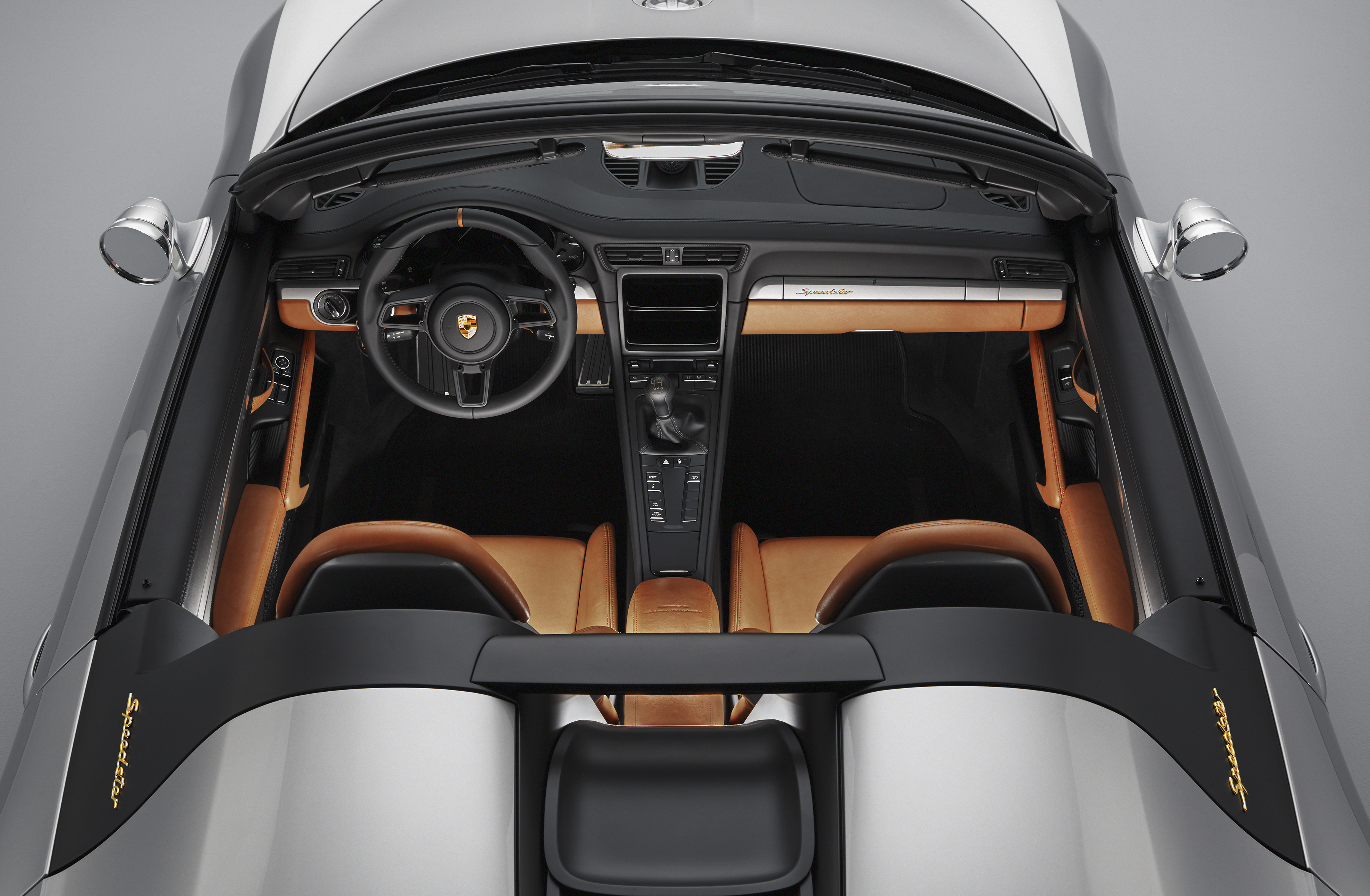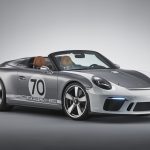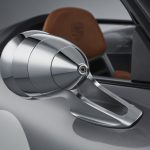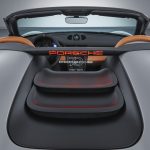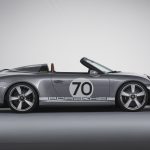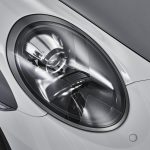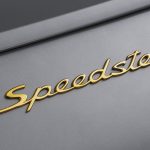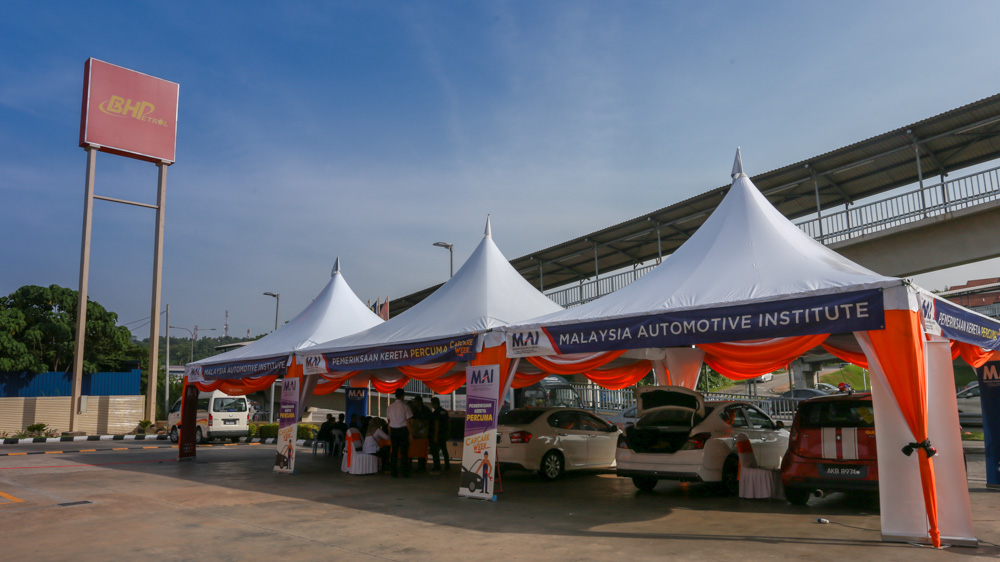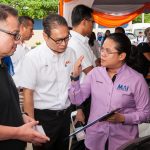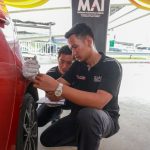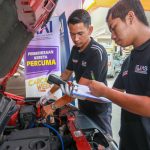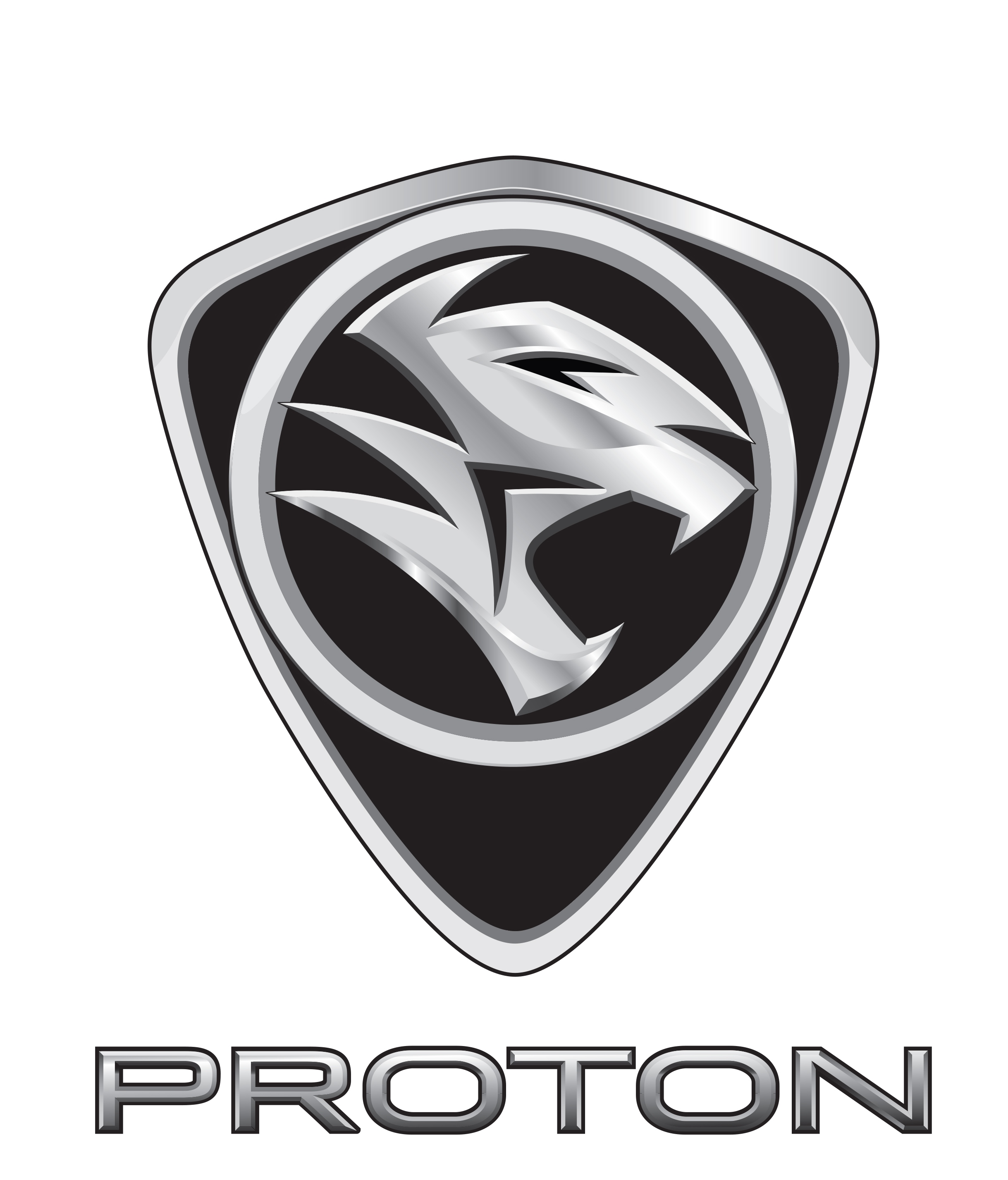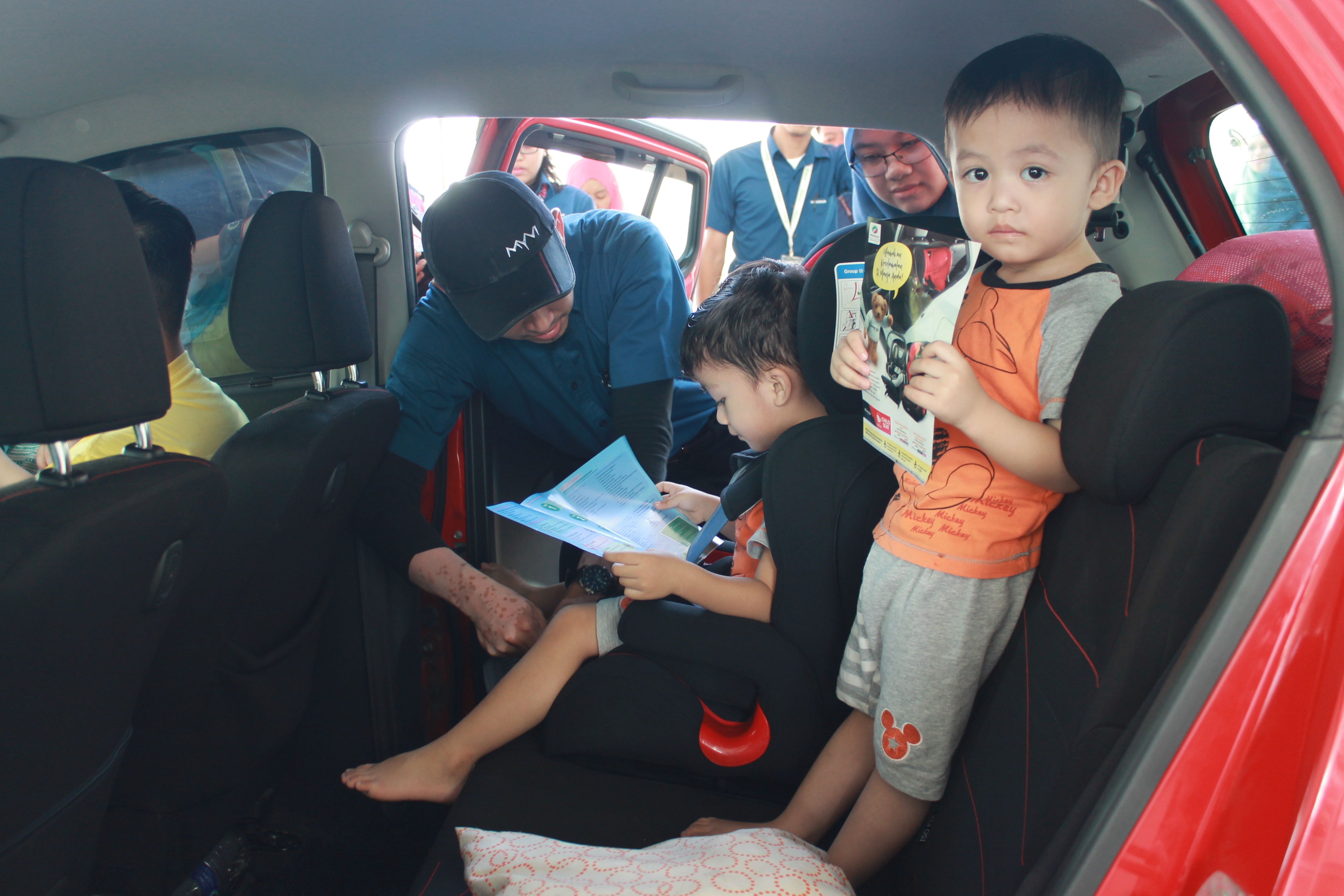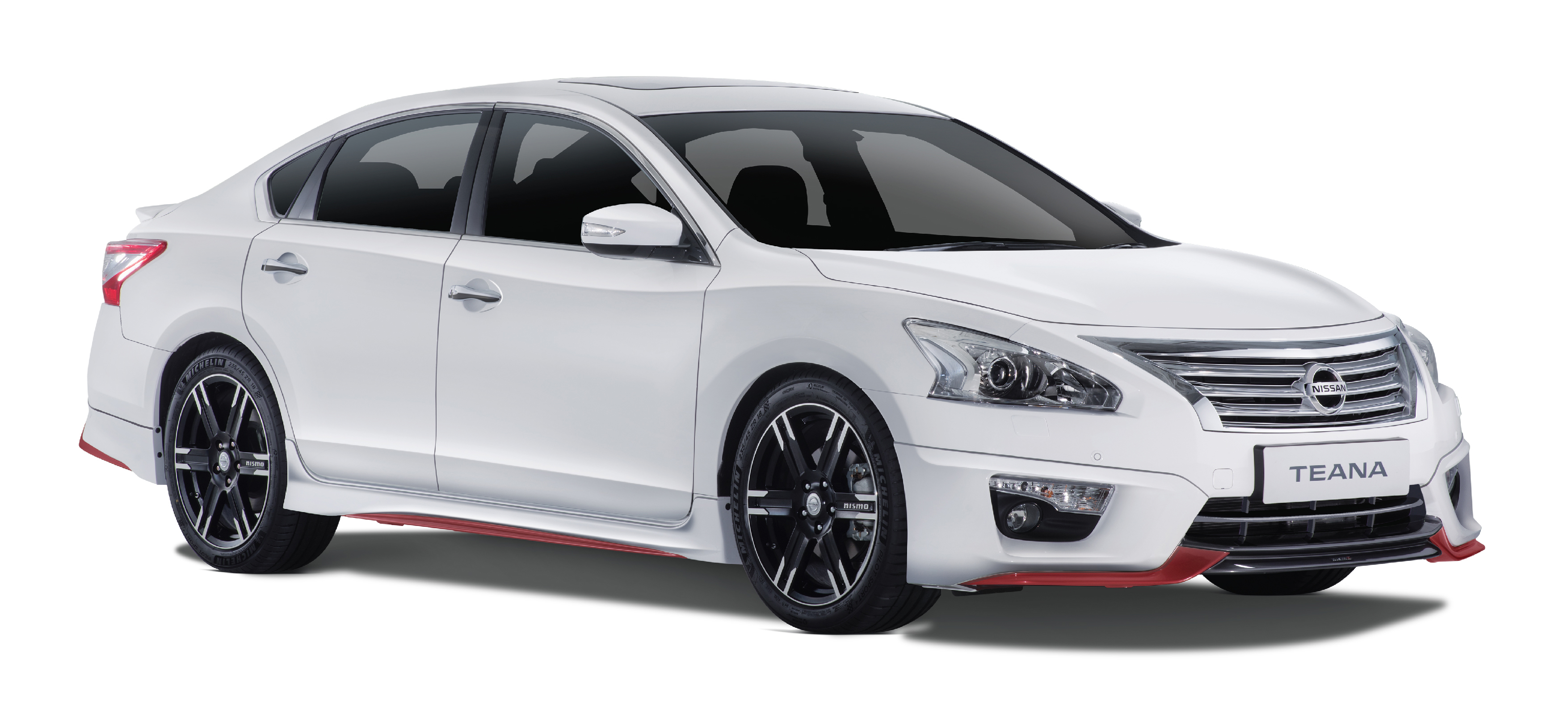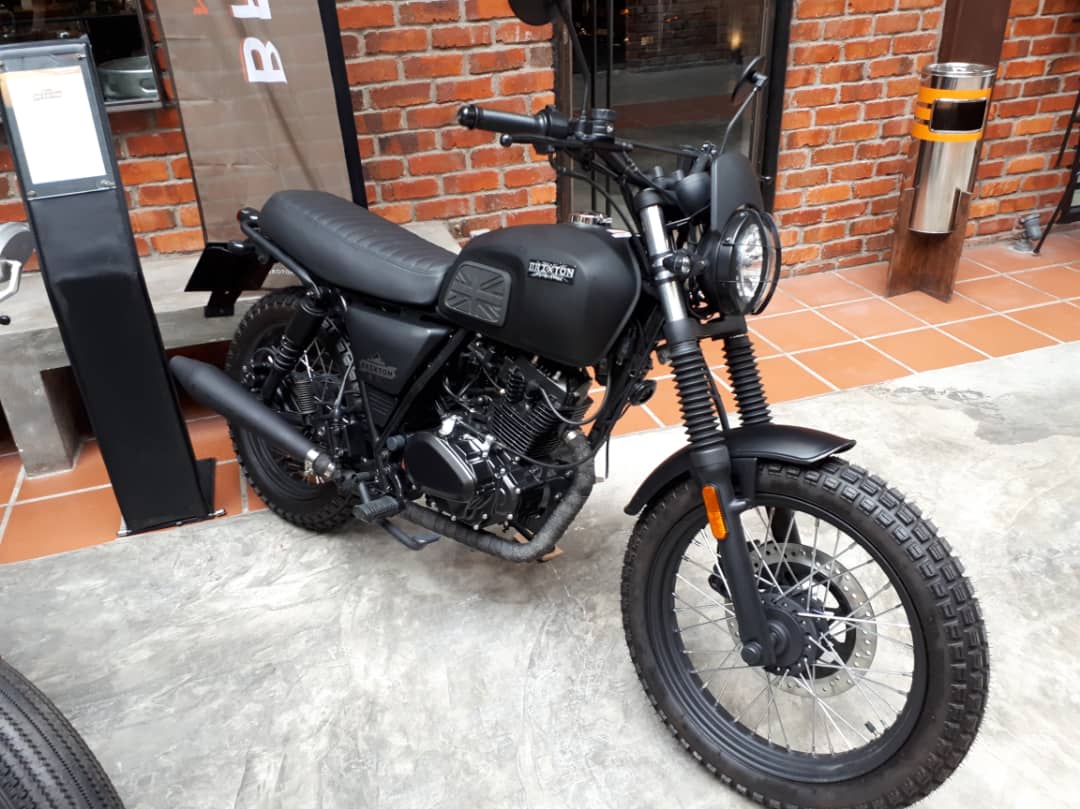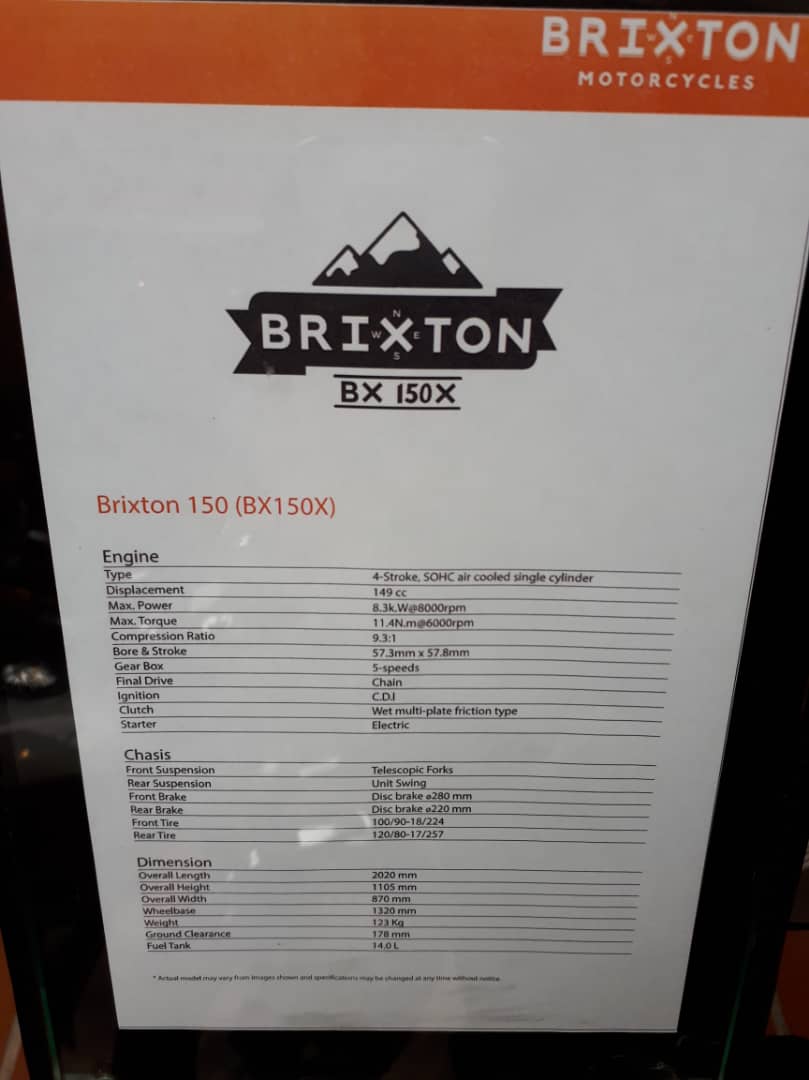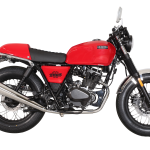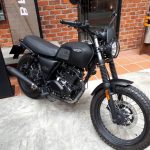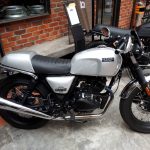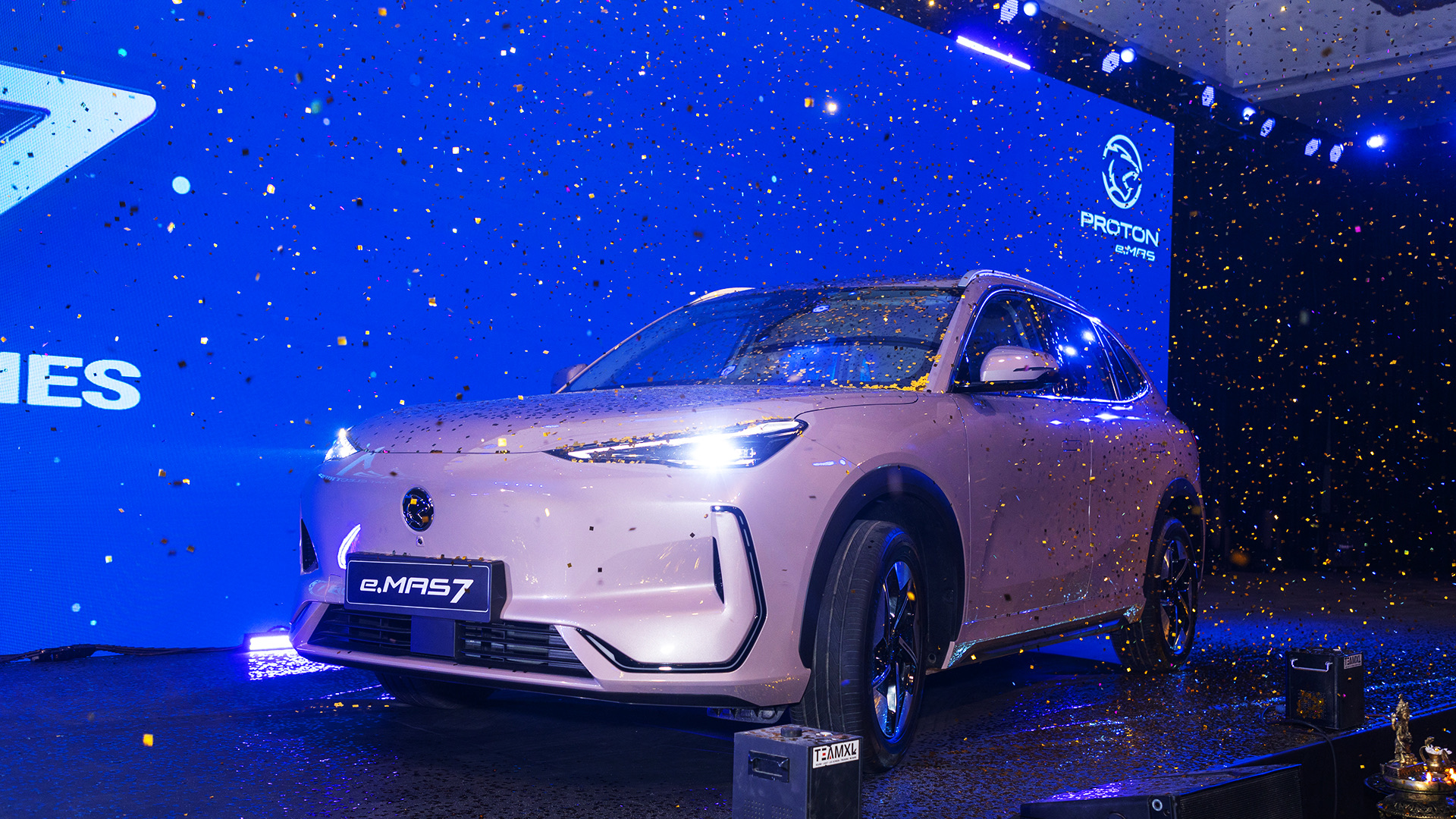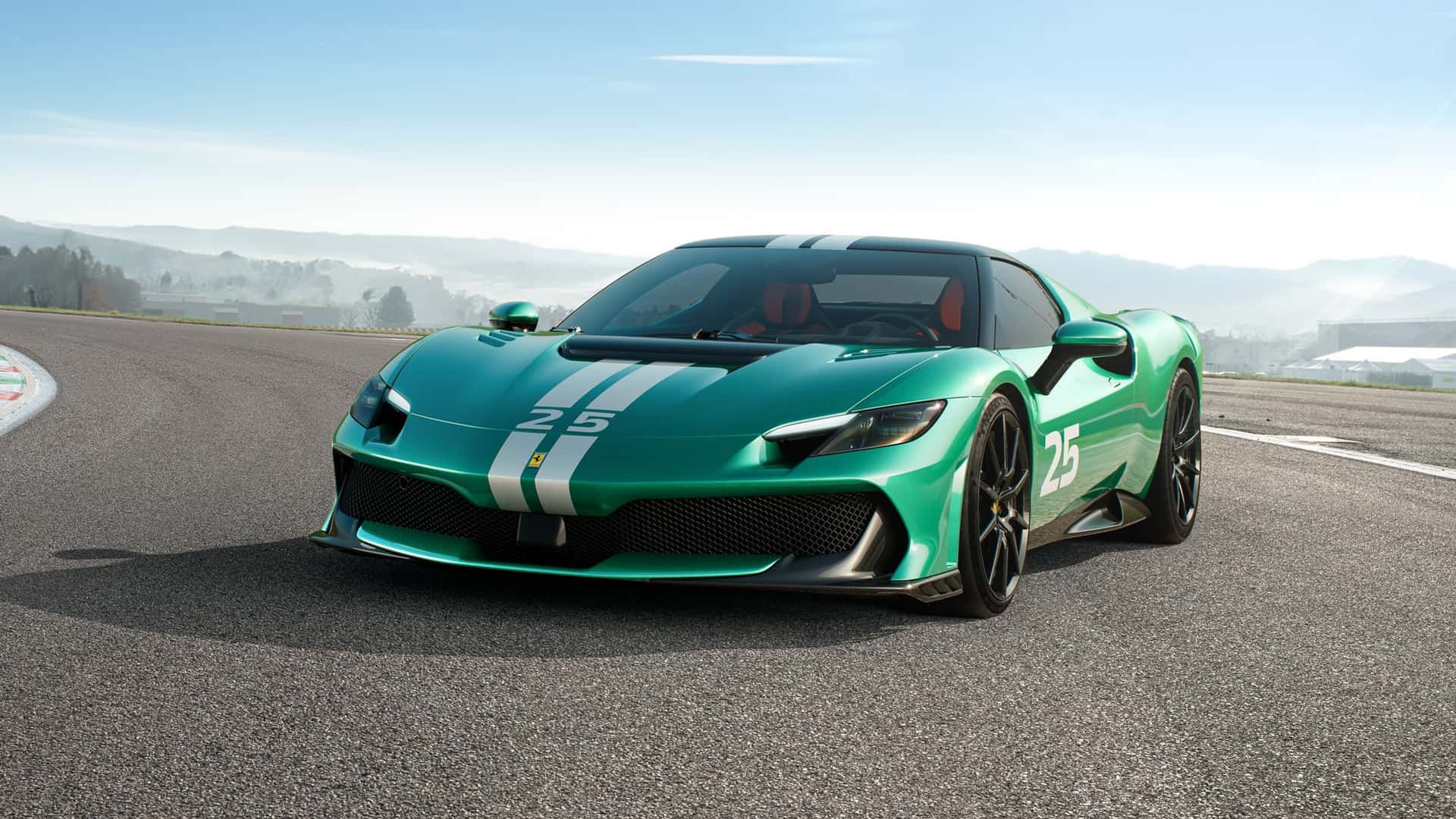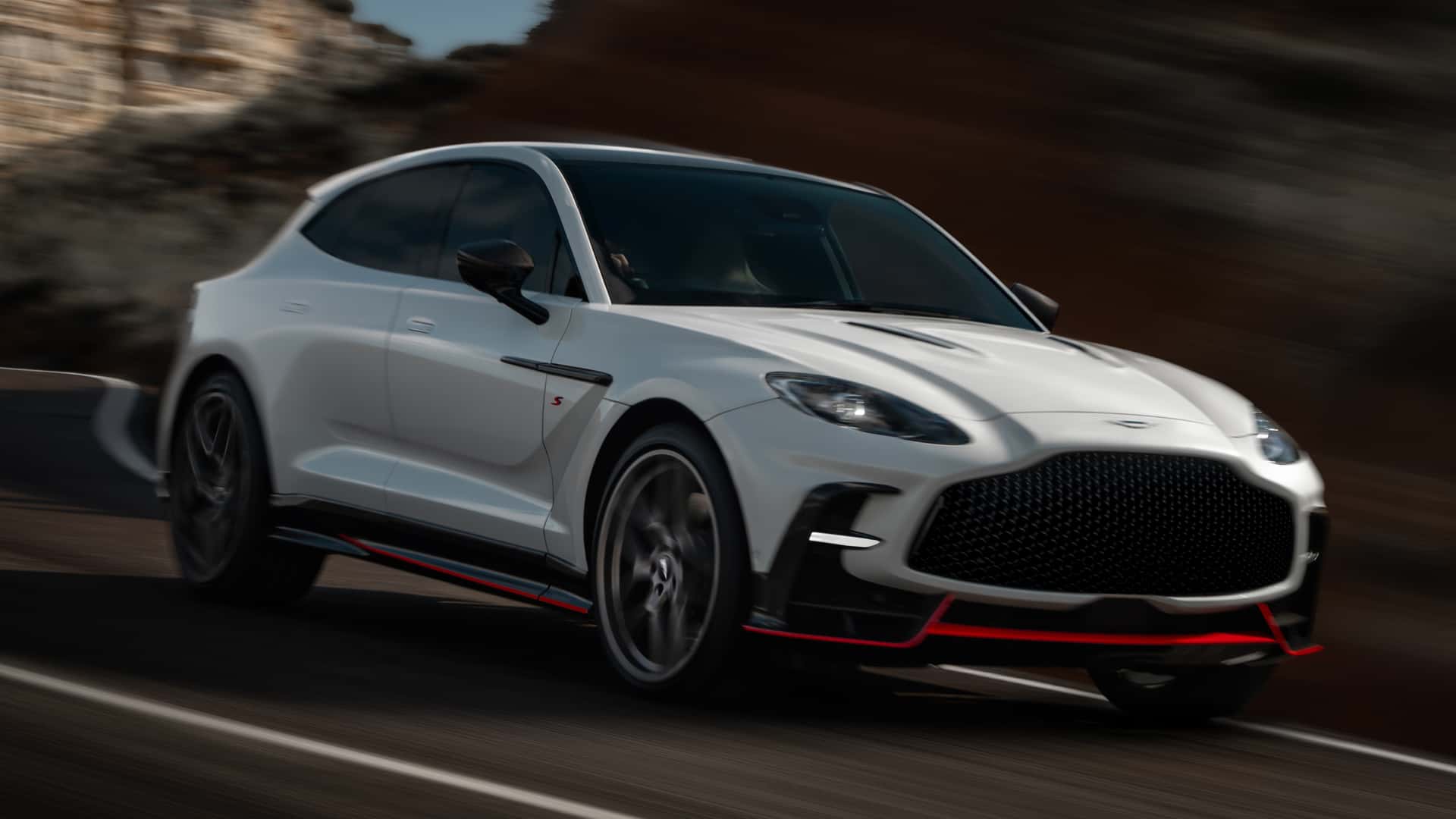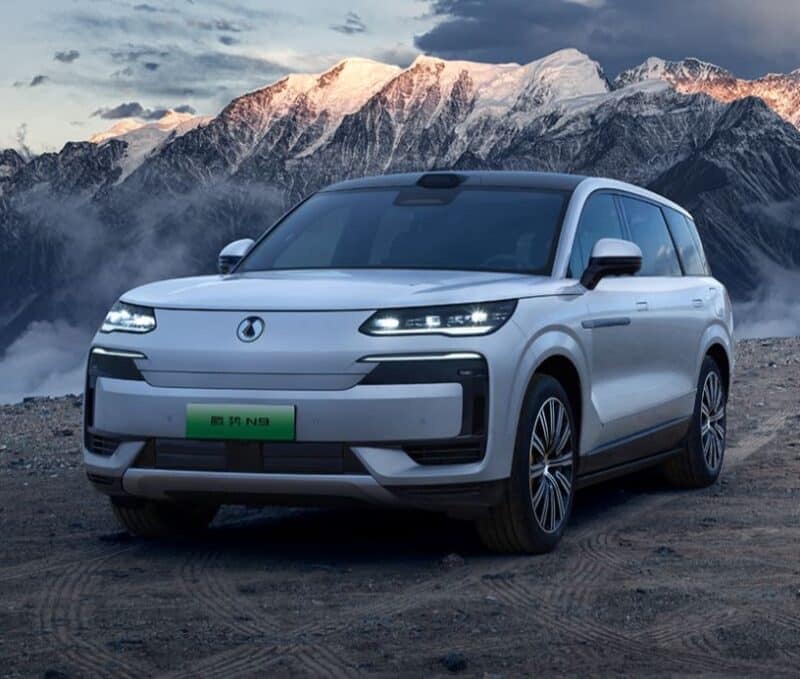Selamat Hari Raya folks! Hey, have you heard of an Alfa Romeo Disco Volante? You don’t really need to be a car fanatic in this instance, because even if you have an appreciation for the finer things in life, art for example, this would appeal to you…
Carrozzeria Touring Superleggera is a coach-builder that dates back all the way to 1928. An incredibly skilled team of master craftsmen who can take something that’s already quite beautiful and turn it into something extraordinary. Take for example this Alfa Romeo 8C Competizione below…
At the hands of Touring Superleggera, they took that 8C, and produced the incredible Disco Volante by hand. What you see below is very likely the most beautiful car that’s been created in the last half century at least, one of only 7 in the world, it’s the Touring Superleggera Disco Volante Spyder… and I drove 700km in total just to meet it in person.
 When I heard that there was actually one unit in Singapore, at EuroAutomobile, it didn’t take me very long to decide that I simply had to go see it, despite the 4-hour journey one-way. The only other person I could think of to make the trip with me was Bobby Ang of EVO Aurizn, because I remember distinctly having a conversation with him about the Disco Volante some time ago, and the words that stuck were that the DV just happened to be his dream car…. so at 5am one recent morning, we set-off for Singapore in a Volvo XC90…
When I heard that there was actually one unit in Singapore, at EuroAutomobile, it didn’t take me very long to decide that I simply had to go see it, despite the 4-hour journey one-way. The only other person I could think of to make the trip with me was Bobby Ang of EVO Aurizn, because I remember distinctly having a conversation with him about the Disco Volante some time ago, and the words that stuck were that the DV just happened to be his dream car…. so at 5am one recent morning, we set-off for Singapore in a Volvo XC90…
The journey, which we dubbed “In Search of… the Disco Volante”, was arduous to say the least, especially the causeway crossing, but all that changed when we reached EuroAutomobile @ No. 24 Leng Kee Road in Singapore, at the heart of ‘Motown’. And there she was… Here’s the video of my first viewing, something I never thought would happen, ever.
Created by Carrozzeria Touring Superleggera, the Disco Volante, which translates from Italian to ‘Flying Disc or Flying Saucer, is the most incredible looking car you’ll ever clap eyes on. 007 Bond fans will of course remember that ‘Disco Volante’ was the name of the hydrofoil yacht that belonged to the villain Largo from SPECTRE in the Bond movie of 1965, Thunderball, as well as its remake in 1983, ‘Never Say Never Again’.
Hand-crafted by one of the oldest and most gifted coach-builders in the world, here’s what good ‘ol JC had to say about it in this episode of UK Top Gear back in 2014…
That was of course the coupe, and what we drove a total of 8-hours to and fro to see was the latest Spyder, one of only 7 in the world. Priced at SGD$ 1.68 million before taxes, we’re hoping it’s snapped up by someone from Malaysia, seeing as how it’s a left-hand drive and (ironically) LHD cars are illegal in Singapore.
Pictures really don’t do this car justice. You really do have to see it in the flesh to completely understand just how incredibly special this car is. It isn’t a car anymore per se, it’s a driveable piece of hand-crafted automotive art that borders on erotica. Would I buy one? It’s a no brainer, of course I would, if I had the means, and yes, I’d park it in my living room between drives, and just ogle it for hours…
It’s also an investment for sure, since there are only 7 in the world, prices will definitely skyrocket in the near future. I can honestly say, hand on heart, you could park a Disco Volante next to any other modern-day supercar, and no one, absolutely no one, will pay any attention to the others. And then we spotted this…
After the most memorable 2hrs I’ve had in recent memory, Louis Yong of EuroAutomobile let us in on a little secret. They also have a Touring Superleggera Berlinetta Lusso! Based on a Ferrari F12 Berlinetta, I’ll let the short video below do the talking. It’s simply, incredibly, unbelievably beautiful too…
And now a quick shout-out to all Alfa Romeo Owners in Malaysia, if you happen to own one of the newer AR’s like the Giulia & Giuletta, EuroAutomobile would like to invite you to bring your cars over to their premises for a full-check up, service and repair. EuroAutomobile can also arrange the sale and export of any new Alfa Romeos that tickle your fancy, including the Disco Volante that we came to see. And last but not least, a BIG thank you to Louis Yong of EuroAutomobile for hosting us and putting up with our juvenile fan-boy antics! – Chris Wee.
EuroAutomobile @ 24 leng Kee Road, Singapore Photo Gallery…




